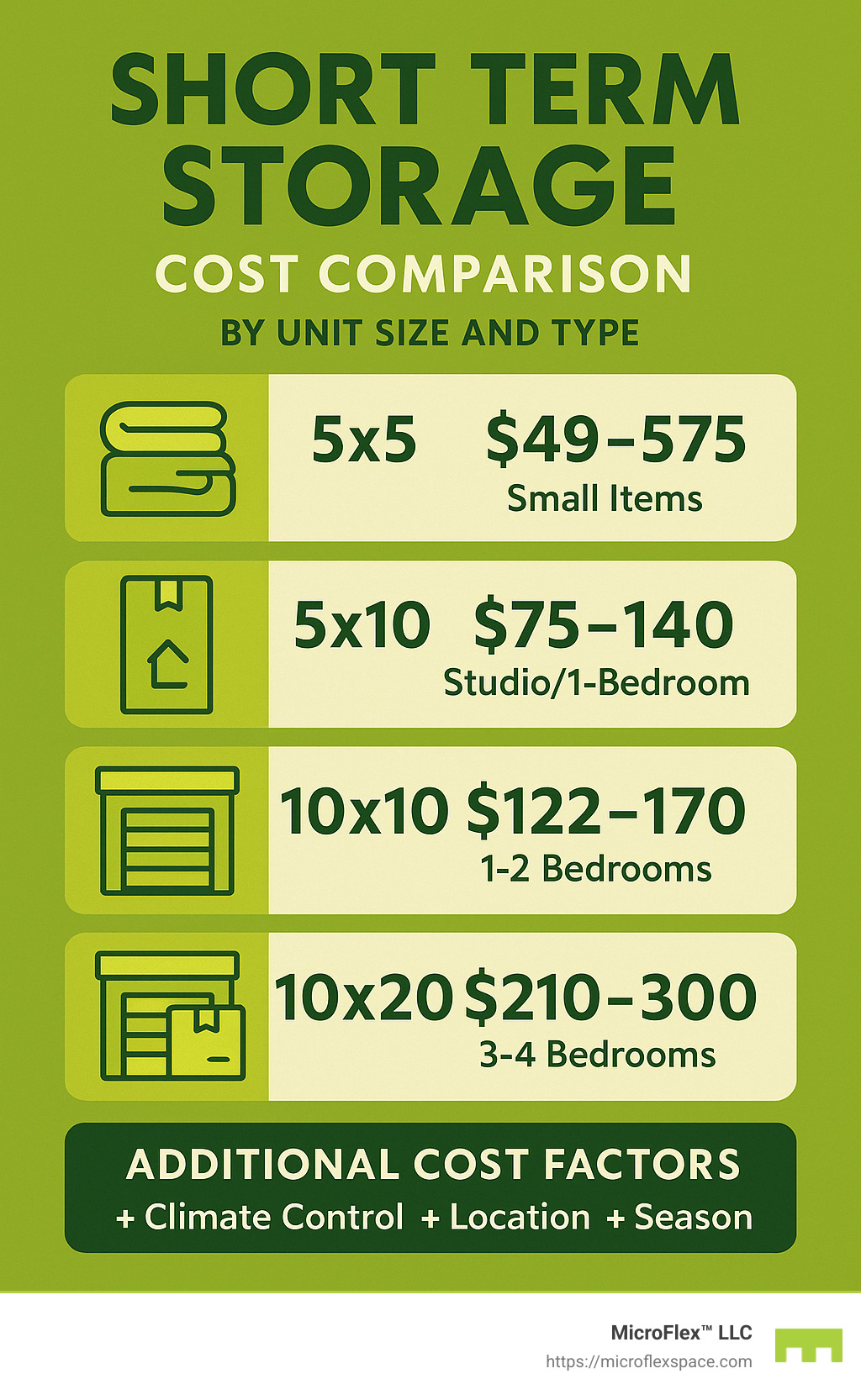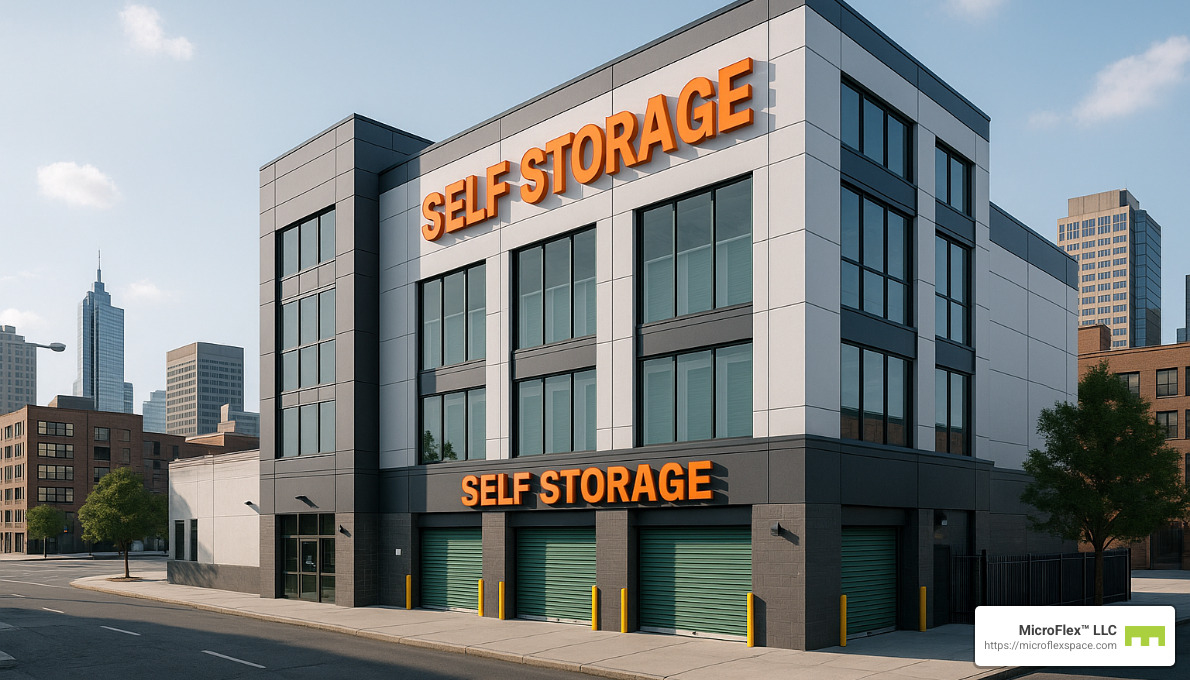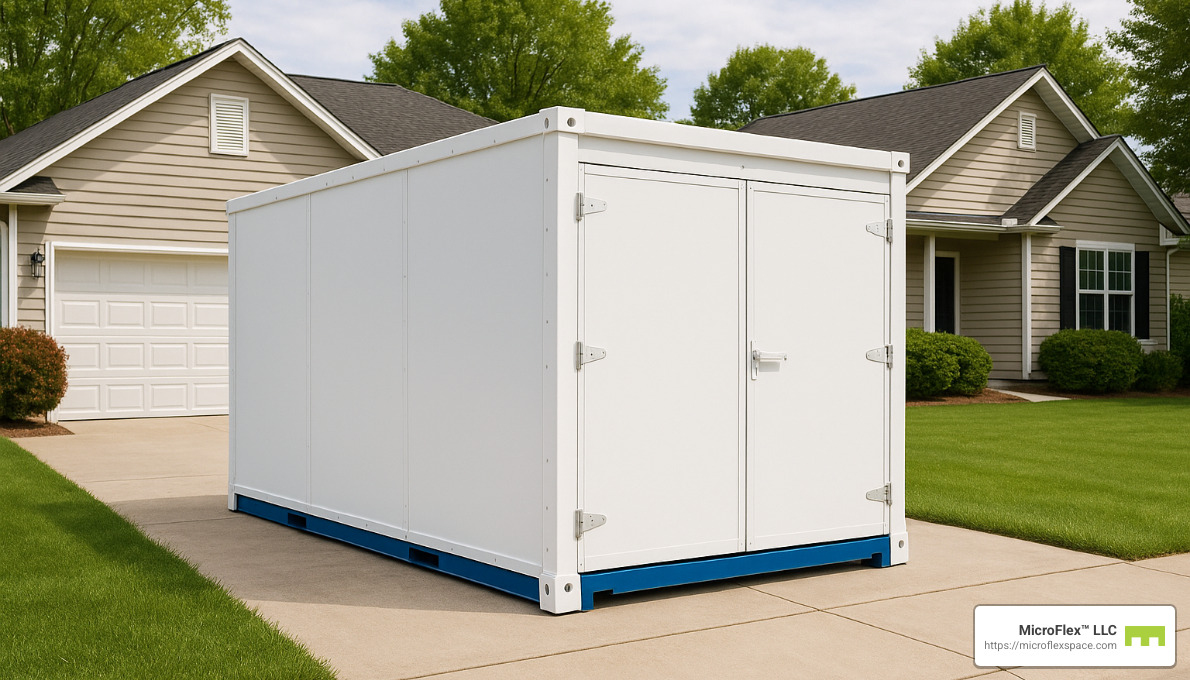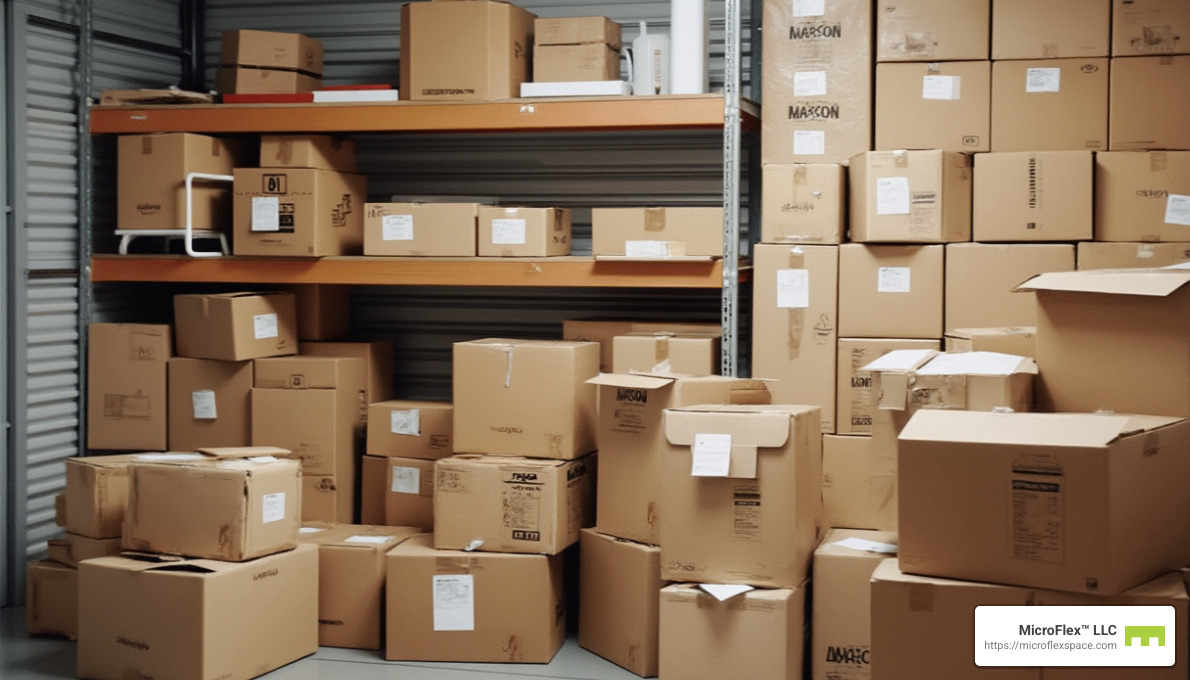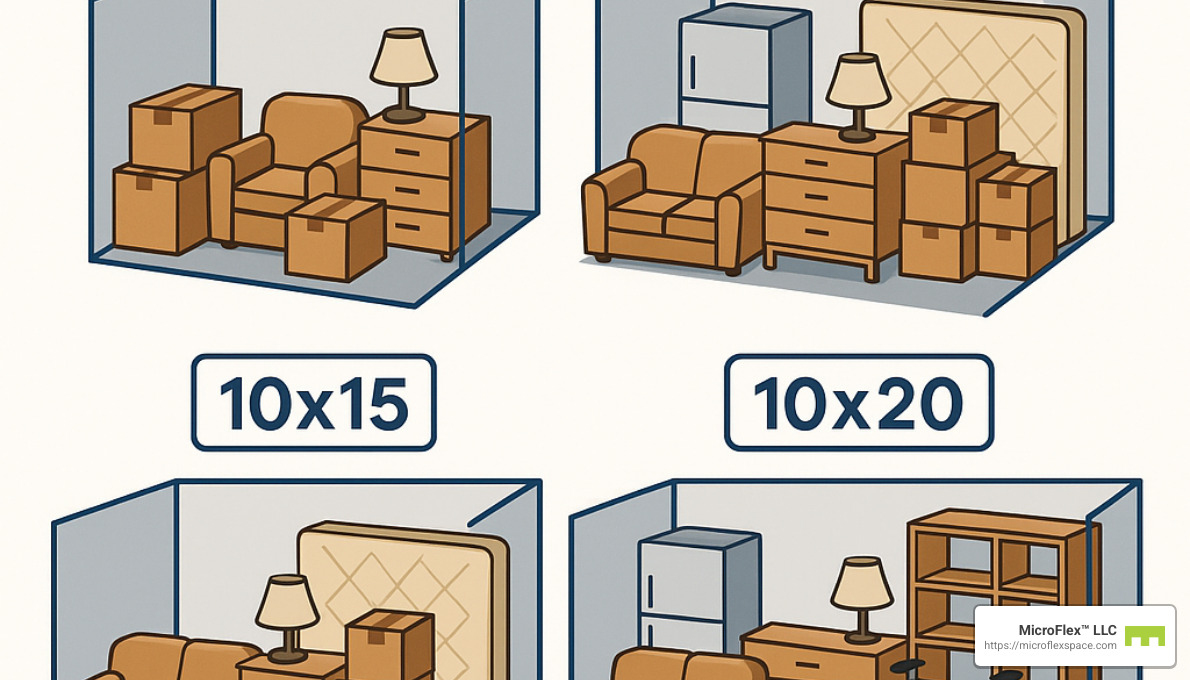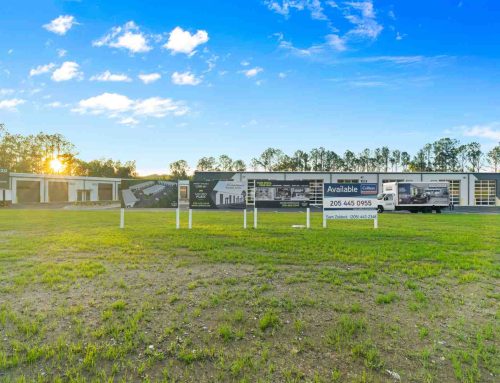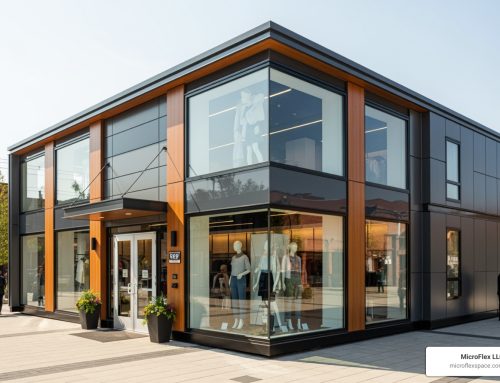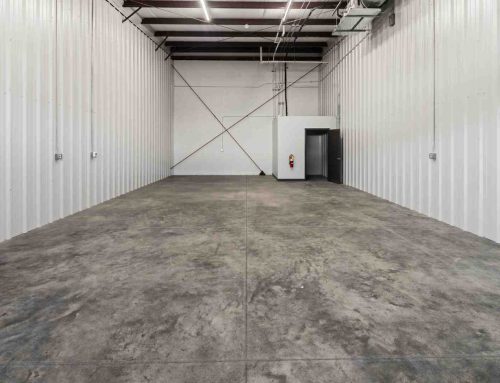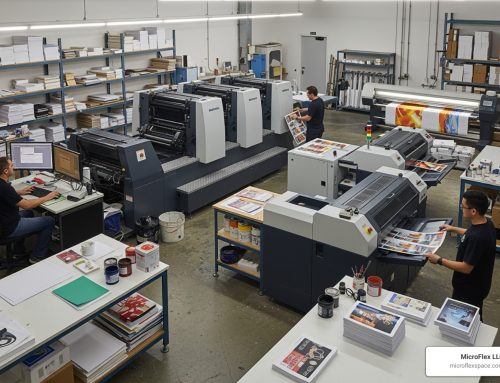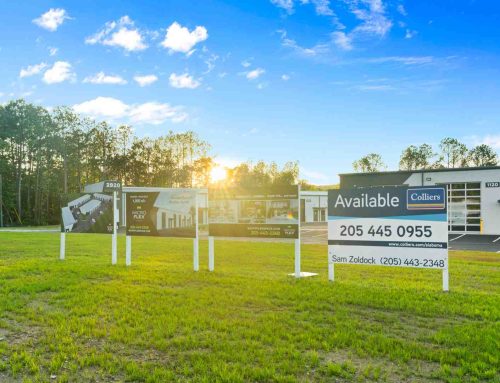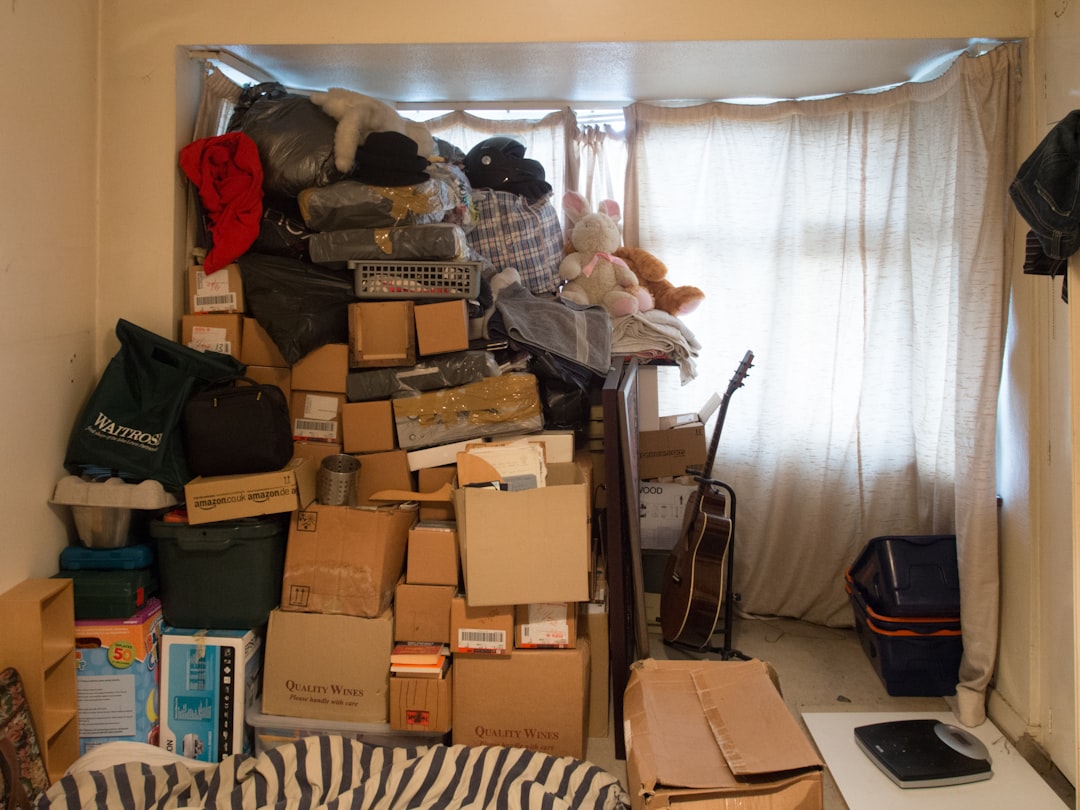
Understanding Short-Term Storage Costs: The Complete Guide
When life throws you a curveball—whether you’re between homes, decluttering for a sale, or managing seasonal inventory—temporary storage becomes your best friend. But what will it actually cost you? Let’s break it down in plain English.
Short term storage costs typically range from $70 to $300 per month across the US. This wide range exists because what you’ll pay depends on three main factors: how much space you need, where you’re storing your stuff, and what extras you want.
| Unit Size | Average Monthly Cost | Best For |
|---|---|---|
| 5×5 (25 sq ft) | $49-75 | Small apartment items, seasonal decorations |
| 5×10 (50 sq ft) | $75-140 | Studio or 1-bedroom apartment contents |
| 10×10 (100 sq ft) | $122-170 | 1-2 bedroom home contents |
| 10×20 (200 sq ft) | $210-300 | 3-4 bedroom home contents |
Your location plays a huge role in what you’ll pay. If you’re in New York City or San Francisco, expect to pay up to 50% more than someone in a rural area. It’s simply the real estate reality—when land costs more, storage costs more too.
Timing matters almost as much as location. Planning to store during the summer moving season (May through September)? You might see prices jump 10-15% compared to winter rates. This peak demand period coincides with college students coming and going, and the busiest home-buying season of the year.
Beyond the base rate, several factors can influence your final bill. Climate control adds about $10-20 monthly but protects sensitive items from temperature and humidity damage. Extended access hours might cost an extra $5-15 each month. Don’t forget about one-time admin fees ($10-25) and monthly insurance ($10-30 depending on your belongings’ value).
According to the average storage unit price data, the cost per square foot actually decreases as unit size increases—meaning larger units often offer better value if you’re on the fence between sizes.
Hi there! I’m Sam Zoldock, a commercial real estate investment professional who’s analyzed short term storage costs across dozens of markets. I’ve helped clients steer these decisions for years, and I’ve learned that understanding what drives storage pricing is the key to finding the best deal for your specific situation.
1. Short Term Storage Costs at a Glance
Looking for temporary storage can feel overwhelming, especially when you’re trying to figure out how much to budget. Based on recent industry data, short term storage costs in the United States typically range from $70 to $300 per month, with most people paying around $180 monthly.
Why such a wide range? It all depends on what you need. Storage units come in various sizes, from cozy 5×5 units (think of a walk-in closet) to spacious 10×30 units (similar to a one-car garage). While size is the primary factor in pricing, it’s certainly not the only one.
Climate control is worth considering if you’re storing anything sensitive. These units keep temperatures between 55-85°F year-round and control humidity levels too. Yes, they cost about 17% more than standard units, but that extra protection can be invaluable for electronics, wooden furniture, or important documents that could be damaged by extreme temperatures.
Timing matters too. During peak moving season (May through September), short term storage costs typically jump 10-15% due to higher demand. As Suzanne C. from Dallas shared, “We loved everything about our storage experience. We loved loading and unloading at our leisure, knowing it was safe in storage for 3 months, and the cost was comparable with other moving options.”
Average short term storage costs by unit size
Let’s look at what you’ll likely pay based on common unit sizes:
-
5×5 units (25 sq ft): Around $49.77 monthly, perfect for seasonal decorations, a few small furniture pieces, or several boxes. It’s essentially an extra closet away from home.
-
5×10 units (50 sq ft): Between $75-140 monthly, these can hold the contents of a small studio apartment, including some furniture and several boxes of belongings.
-
10×10 units (100 sq ft): The most popular choice at $122-128 monthly. Chris S. from Nashville puts it simply: “It was super easy and very affordable too!” These units typically accommodate everything from a one-bedroom apartment.
-
10×20 units (200 sq ft): Ranging from $210-300 monthly, these larger spaces can fit the contents of a three-bedroom house, including appliances and multiple furniture sets.
Here’s a money-saving tip: Consider the price per square foot when comparing options. Larger units often offer better value, with rates sometimes dropping from $2 per square foot for small units to $1.25 for larger ones. If you’re on the fence between two sizes, the larger one might be more economical in the long run, especially if you have substantial storage needs.
Factors that raise short term storage costs
Several key factors can significantly impact your short term storage costs:
Availability plays a huge role in pricing. When facilities in your area are nearly full, expect to pay 10-20% more. It’s simple supply and demand—when units are scarce, prices climb.
Location matters enormously. Urban facilities in cities like Birmingham typically charge 30-50% more than their rural counterparts. You’re paying for convenience and proximity to city centers.
Timing can make or break your budget. End-of-month transitions and summer months see the highest demand and prices. As Dan P. from Central Jersey notes, “Everything was perfect. Super convenient, affordable, and EVERYONE I had to deal with was professional, courteous and friendly.”
Access features add convenience but also cost. Options like 24-hour entry, drive-up units, or ground-floor placement typically add $5-15 to your monthly bill. For many, the ease of access is worth the premium, especially if you’ll be visiting your unit frequently.
When comparing storage options, be sure to check out the average storage unit price across different providers to ensure you’re getting a fair deal.
2. Key Drivers That Impact Your Bill
When budgeting for storage, understanding what influences short term storage costs helps you avoid surprises on your monthly statement. Let’s explore the factors that directly affect how much you’ll pay.
Location is perhaps the most powerful price determinant in the storage world. A unit in downtown Birmingham will cost significantly more than the same-sized unit in a rural area outside the city. This regional variation is substantial – Northeast facilities average around $200 monthly while Southwest locations typically run closer to $160. Even within the same city, expect to pay a premium for convenient, central locations.
Unit size naturally affects your bottom line, though there’s an interesting twist here. While larger units cost more overall, they often provide better value per square foot. This means if you’re on the fence between two sizes, the larger option might offer more bang for your buck.
Climate control is worth special consideration when evaluating short term storage costs. This feature adds about $10-20 to your monthly bill but provides essential protection for valuable or sensitive items. As Carole O. from Sarasota noted, “The staff was very knowledgeable and friendly, price was great and everything was as explained, no hidden cost or fees.”
Security features like 24-hour surveillance, individual unit alarms, and on-site guards provide peace of mind – but they don’t come free. Facilities investing in advanced security systems typically pass these costs along to customers, though many find the additional few dollars worth the improved protection.
Your lease length significantly impacts pricing too. Month-to-month rentals offer maximum flexibility but at a premium price. Many facilities offer discounts of 10-15% for committing to longer terms, which is worth considering if you have a good estimate of your storage timeline.
Don’t forget about insurance requirements. Most facilities mandate coverage for your stored belongings, adding $10-30 monthly depending on the declared value. While this might feel like an unnecessary expense, it provides crucial protection against unforeseen events.
Administrative fees often catch people by surprise. These one-time charges of $10-25 cover account setup and paperwork processing. Always ask about these upfront to avoid unexpected additions to your first bill.
For businesses with more complex needs, options like Short-Term Warehouse Rental from MicroFlex™ LLC combine storage with flexible workspace solutions – perfect for companies needing temporary inventory storage with an attached office or showroom.
Climate-controlled premium vs standard
The decision between climate-controlled and standard units deserves special attention when evaluating short term storage costs.
Climate-controlled storage maintains a consistent environment between 55-85°F year-round while also regulating humidity levels. This stable atmosphere protects your belongings from the damage that extreme temperatures and moisture fluctuations can cause.
This premium feature typically adds about 15-30% to your monthly bill. While this increase might seem substantial, it’s often a small price to pay for protecting valuable items like wooden furniture, electronics, important documents, musical instruments, artwork, or clothing collections.
As one storage expert puts it, “For an additional $10 monthly, you can protect your household inventory from humidity and extreme temperatures.” This relatively modest investment can prevent costly damage to items that would be expensive or impossible to replace.
Standard units expose your belongings to the natural temperature and humidity levels of your region. In mild climates, this might be perfectly adequate for many items. However, in places with extreme seasonal changes like Alabama’s hot, humid summers, climate control becomes less of a luxury and more of a necessity for preserving your belongings’ condition.
3. Short-Term vs Long-Term: Price & Flexibility
When it comes to storage, your rental timeline significantly affects both what you’ll pay and how much wiggle room you’ll have. Short term storage costs typically run higher on a month-to-month basis, but offer greater flexibility than their long-term counterparts.
Most storage facilities operate on monthly billing cycles, with a one-month minimum commitment being standard across the industry. As one storage manager told me, “We see lots of folks come in thinking they’ll need storage for just a couple weeks, but our billing system is set up for complete months.” While some facilities might offer weekly options, these tend to be rare and usually come with premium pricing.
The differences between short and long-term storage extend well beyond just the length of stay. Let’s look at how they compare:
| Aspect | Short-Term Storage (1-3 months) | Long-Term Storage (6+ months) |
|---|---|---|
| Monthly Rate | Higher ($180-300/month) | Lower ($150-250/month) |
| Discounts | First month specials | Significant discounts (10-15%) |
| Commitment | Flexible month-to-month | May require longer commitment |
| Rate Increases | Less likely during short stay | More likely over extended period |
| Cancellation | Usually 7-14 days notice | May have cancellation fees |
| Total Cost | Lower total outlay | Higher total cost, lower monthly rate |
When it comes to rate increases, short-term renters have a distinct advantage. Storage facilities typically need to provide 30 days’ notice before hiking up prices, which means if you’re only storing for a month or two, you’ll likely lock in your rate for the entire duration. Long-term users, however, should budget for potential increases, especially in high-demand areas or during peak seasons.
“I only needed storage for six weeks while moving between apartments,” shares Jamie from Birmingham. “I paid a bit more per month than my neighbor who signed a year-long contract, but the flexibility was worth every penny when my closing date got pushed back twice.”
Cancellation policies vary widely across facilities, but most require written notice 7-14 days before your next billing cycle. This works well for short-term renters who can plan their exit, while those in longer contracts might face cancellation fees for early termination. Always read the fine print before signing anything!
For businesses dealing with seasonal inventory or project-based needs, the flexibility of short-term options often outweighs the higher monthly cost. MicroFlex™ LLC offers an interesting middle ground with their Short-Term Warehouse Rental options that provide commercial spaces with adaptable lease terms – perfect for businesses with fluctuating storage requirements that might also need attached office or showroom space.
The key takeaway? Short-term storage gives you maximum flexibility at a premium price, while long-term contracts offer better monthly rates if you’re willing to commit. Your best choice depends entirely on your specific timeline, budget constraints, and how certain you are about your future storage needs.
4. Unit Types Compared: Self-Storage vs Portable Containers
When you’re figuring out short term storage costs, it helps to understand the key differences between traditional self-storage units and those portable containers you’ve probably seen around your neighborhood. Each option comes with its own pricing structure and convenience factors that might make one a better fit for your specific situation.
Traditional self-storage units typically come in two main flavors. Indoor units are tucked inside a building, offering better protection from the elements but sometimes requiring a bit more effort to access. Then there are drive-up units, which work like little garages where you can pull your vehicle right up to the door – super convenient for loading and unloading heavy items without breaking your back!
On the other hand, portable storage containers (often called “pods”) bring a different kind of convenience to the table. These units are delivered right to your doorstep, letting you:
– Pack at your own pace in the comfort of your own driveway
– Have the container whisked away to a secure facility once you’re done
– Or keep it right on your property for easy access (assuming your HOA or city permits allow it)
Here’s how the costs typically stack up against each other:
| Storage Type | Average Monthly Cost | Additional Costs | Best For |
|---|---|---|---|
| Indoor Self-Storage | $70-300 | Travel time, truck rental | Urban areas, frequent access needs |
| Drive-Up Self-Storage | $160-225 | Travel time, truck rental | Bulky items, frequent access |
| Portable Containers | $180-300 | Delivery/pickup fees ($75 each way) | One-time loading/unloading, convenience |
As one happy storage customer shared, “We loved loading and unloading our portable container at our leisure, knowing it was safe in storage for 3 months, and the cost was comparable with other moving options.”
Pros & cons for short stays
If you’re only needing storage for a brief period, the pros and cons of each option become even more important to consider.
With traditional self-storage units, you’ll generally enjoy lower monthly rates and more size options to choose from. Most facilities also invest heavily in security features like surveillance cameras and gated access. The downside? You’ll need to handle transportation to and from the facility yourself, which means renting a truck, buying gas, and making multiple trips to load and unload your belongings. Not to mention the time spent driving back and forth if you need to access something you’ve stored.
Portable storage containers flip the script by eliminating most of those hassles. You only need to load and unload once, there’s no truck rental needed, and you can take your sweet time packing everything up. If you keep the container on your property, accessing your stuff is as simple as walking outside. The trade-offs include somewhat higher monthly rates, those delivery and pickup fees (which can add $150 or more to your total cost), fewer size options, and potential permit requirements in some neighborhoods.
For businesses weighing short-term storage options, MicroFlex™ LLC offers an interesting alternative that goes beyond basic storage. Their flexible commercial spaces combine storage capacity with functional work areas, eliminating the need to shuttle items back and forth between separate storage and workspace locations.
5. Smart Ways to Shrink Your Storage Bill
Let’s face it – short term storage costs can add up quickly. But with a little planning and some insider knowledge, you can keep more money in your pocket. I’ve gathered some practical strategies that real people use to save on their storage expenses.
Finding yourself a great deal starts with timing. Most storage facilities experience their busiest season during summer months (May through September) when people are moving and college students are between semesters. By booking during fall or winter, you might snag the same unit for 10-15% less than peak rates. As Maria from Birmingham told me, “I saved nearly $40 a month just by waiting until October to store my summer gear!”
The internet is your friend when hunting for bargains. Many storage companies offer online-only discounts that can save you 10-15% right off the bat. Take two minutes to compare prices online before making any calls – those few minutes could save you hundreds over the course of your rental.
Don’t overlook the power of choosing the right unit size. Many of us instinctively rent more space than we need “just to be safe.” A storage size calculator can help you avoid this costly mistake. Every square foot you’re not using is money wasted each month.
For those comfortable with sharing, consider splitting a larger unit with someone you trust. Since larger units typically cost less per square foot, you both win. Just be sure to establish clear boundaries about access and organization from the start.
Top discounts to ask for
Never be shy about asking for discounts – the worst they can say is no! Most facilities offer a first month free promotion or significant discount (often 50% off) when you commit to at least two months. This is perfect for short-term needs.
If you’re a student, bring your ID – many places offer 10-15% off for college students. Military personnel, veterans, and their families should always inquire about military specials, which typically range from 10-20% off standard rates.
Senior citizens often qualify for 5-10% discounts that aren’t always advertised. And if you know you’ll need storage for several months, ask about long-term commitment rates. Even for what begins as short-term storage, committing to 3-6 months upfront can secure you a lower monthly rate.
One Birmingham customer shared, “I mentioned I was a veteran almost as an afterthought, and ended up saving $22 monthly on my storage unit. Always worth asking!”
DIY hacks that cut short term storage costs
Before you even start packing, take time to declutter. The brutal truth: the less you store, the smaller unit you’ll need, and the less you’ll pay. Sell unwanted items online, donate to local charities, or simply discard things you haven’t used in years.
Pack vertically to maximize your space. Disassemble furniture when possible and use the insides of drawers for storage. Stack boxes safely from floor to ceiling, keeping heavier items at the bottom. This strategic approach can sometimes let you downsize from a 10×10 to a 5×10 unit – potentially cutting your short term storage costs in half.
Instead of buying new boxes, ask local grocery stores, liquor stores, or bookshops for their discards. Many are happy to give them away. Using containers you already own and sourcing free boxes can save you $50-100 on packing supplies.
Create a simple inventory system so you know exactly what’s in your unit and where to find it. This prevents buying duplicate items and makes retrieval efficient when you need something specific.
If your schedule allows flexibility, consider starting your rental mid-month. This often results in prorated first-month charges and you’ll face less competition for available units, giving you more bargaining power.
At MicroFlex™ LLC locations across Alabama, businesses find they can optimize their storage expenses by selecting precisely the right amount of space needed, with the flexibility to adjust as requirements change – a smart approach to managing short term storage costs in today’s dynamic business environment.
6. Estimating the Perfect Unit Size
Choosing the right size storage unit is crucial for managing your short term storage costs effectively. Too small, and you’ll face the hassle and expense of renting additional space; too large, and you’ll waste money on unused space.
Space calculators and inventory checklists can help you accurately estimate your needs. As a general guideline:
-
5×5 (25 sq ft): Holds about 5-7 medium boxes, a small piece of furniture, seasonal items, or business documents. Think of it as a large closet.
-
5×10 (50 sq ft): Accommodates the contents of a small studio apartment without major appliances, or approximately 10-15 medium boxes plus small furniture pieces.
-
10×10 (100 sq ft): Fits the contents of a one-bedroom apartment including some appliances, or about 15-20 medium boxes and several pieces of furniture. As one storage provider puts it, “If Goldilocks was looking for a storage unit, she’d say that the 10×10 is just right.”
-
10×15 (150 sq ft): Holds the contents of a two-bedroom apartment or small house, including major appliances and several pieces of furniture.
-
10×20 (200 sq ft): Accommodates the contents of a three-bedroom house, including appliances, several furniture sets, and numerous boxes.
When measuring furniture, remember to account for disassembly possibilities and how items can be stacked or nested. Always include an overflow allowance of about 10-15% for items you may have forgotten to account for or last-minute additions.
When bigger is cheaper per square foot
Interestingly, larger storage units often offer better value in terms of cost per square foot. While the total monthly cost is higher, the price per square foot typically decreases as unit size increases. For example:
- A 5×5 unit (25 sq ft) at $60/month costs $2.40 per square foot
- A 10×10 unit (100 sq ft) at $122/month costs $1.22 per square foot
- A 10×20 unit (200 sq ft) at $210/month costs $1.05 per square foot
This economy of scale means that if you’re on the border between two unit sizes, the larger option might offer better value, especially if you anticipate needing more space in the future or are sharing with someone else.
How to avoid overpaying on short term storage costs
To ensure you’re not spending more than necessary on storage, consider these practical strategies:
-
Conduct an item audit: Before renting, create a detailed inventory of what you plan to store. Be ruthless about what truly needs storage versus what can be sold, donated, or discarded.
-
Develop a stacking strategy: Plan how you’ll arrange items to maximize vertical space. Heavy, sturdy items should form the base, with lighter, more fragile items on top.
-
Use furniture as storage: Use drawers, cabinets, and appliances to store smaller items, essentially getting “free” storage space.
-
Create an access plan: If you’ll need to retrieve specific items during your storage period, place these near the front and create clear pathways. This prevents the need to rent a larger unit just for access purposes.
-
Consider alternative options: For businesses in particular, MicroFlex™ LLC offers flexible commercial spaces that can adapt to your changing storage needs while providing additional functional benefits like office or showroom space.
Frequently Asked Questions about Short Term Storage Costs
What is the minimum period I can rent—weekly or monthly?
When you’re looking for temporary storage, timing matters. Most storage facilities require you to rent for at least one month, even if you only need the space for a couple of weeks. This industry standard means short term storage costs are typically calculated on a monthly basis, not weekly.
“I only needed storage for three weeks between apartment leases,” shares Mike from Birmingham. “Almost every facility required me to pay for a full month, but I found one that offered prorated rates for my move-out date.”
If you need storage for less than a month, you do have some options:
Ask about partial month prorating—some facilities will calculate your final bill based on your actual move-out date. Others might offer that enticing “first month free” promotion, which makes even a short stay more affordable. In some cities, portable storage providers offer more flexible terms for very short needs.
For businesses with temporary storage needs in Alabama, MicroFlex™ LLC offers adaptable commercial spaces with flexible terms that don’t lock you into lengthy commitments when you only need short-term solutions.
How much extra does insurance add per month?
Insurance typically adds between $10-30 monthly to your short term storage costs, varying based on how much your stored items are worth. Most facilities won’t let you store without some form of coverage, but you have several ways to handle this expense.
Many storage companies offer their own insurance plans with different coverage levels. Basic protection covering around $2,000 worth of belongings might cost $10-12 monthly, while more comprehensive coverage can reach $25-30.
“I was about to pay for the facility’s insurance when I remembered to check my renters policy,” explains Taylor from Huntsville. “Turns out I was already covered for up to $5,000 of off-premises storage—saved me about $15 a month!”
This highlights an important money-saving tip: check if your existing homeowners or renters insurance extends to items in storage. Many policies provide some level of off-premises protection, potentially saving you the entire insurance cost.
When deciding on coverage, be realistic about replacement values. That furniture set might have cost $3,000 new, but if you’re storing older items, adjust your coverage accordingly to avoid overpaying on premiums.
Are admin or deposit fees refundable?
The answer depends on which fee we’re talking about, and unfortunately, most administrative fees won’t come back to you. These one-time charges (typically $10-25) cover account setup, paperwork, and getting you access to the facility. Think of them like an application fee for an apartment—they cover the cost of processing your rental, not securing it.
Security deposits, on the other hand, generally are refundable if you play by the rules. To get your deposit back, you’ll typically need to:
Give proper notice before moving out (usually 7-14 days)
Leave your unit clean and damage-free
Return all access cards or keys
Have a zero balance on your account
“When I rented my storage unit, I was confused about the difference between the admin fee and security deposit,” admits James from Auburn. “The manager explained that the $15 admin fee covered paperwork and my access card, while my $50 deposit would come back if I left the unit in good condition.”
Many modern storage facilities have actually moved away from traditional security deposits, instead charging only non-refundable administrative fees. Some might require first and last month’s rent upfront, with the last month essentially functioning as a deposit that gets applied to your final bill rather than returned to you.
The bottom line: always read your rental agreement carefully before signing. When in doubt, ask the facility manager to clarify exactly which charges you can expect to get back when you move out.
Conclusion
Finding the right storage solution doesn’t have to break the bank once you understand what drives short term storage costs. Throughout this guide, we’ve seen that typical monthly rates range from $70 to $300, with variations based on several factors that you can now steer with confidence.
Think of your storage journey as a puzzle where each piece matters. The size of your unit forms the foundation of your costs, but larger units often provide better value per square foot—sometimes it makes financial sense to size up rather than squeeze everything into a too-small space.
Location plays perhaps the most significant role in your final bill. Urban facilities in Birmingham and similar cities naturally command higher prices than their rural counterparts, but they offer the convenience of easy access that might be worth the premium for your situation.
Timing your rental can lead to substantial savings. Just like beach vacations, storage has its peak seasons—primarily summer months when most people move. By planning your storage needs during fall or winter months, you could save 10-15% on identical units without sacrificing quality.
Climate control represents one of the best values in the storage world. For just $10-20 more per month (about the cost of a few coffees), you gain peace of mind knowing your cherished belongings are protected from temperature extremes and humidity damage. As one customer put it, “That small monthly premium saved thousands in potential damage to my wooden furniture.”
Today’s storage market offers remarkable flexibility. Whether traditional self-storage units fit your needs, portable containers make more sense for your situation, or you require an adaptable commercial space, there’s a solution designed for your specific circumstances.
For businesses facing evolving storage requirements, MicroFlex™ LLC offers a refreshing alternative to conventional storage options. With convenient locations in Birmingham-Irondale, Birmingham-Hoover, Huntsville, and Auburn-Opelika, Alabama, MicroFlex™ provides adaptable multi-function spaces that do more than just store your items—they combine storage with office, showroom, or workshop capabilities, all with flexible lease terms that work with your timeline rather than against it.
Whether you’re between homes, creating breathing room in your current space, or managing fluctuating business inventory, the knowledge you’ve gained about short term storage costs empowers you to make choices that align with both your budget and needs.
True value extends beyond the monthly rate. The cheapest option might cost you more in the long run if it lacks the security, accessibility, or climate protection your items require. By applying the strategies we’ve discussed—from negotiating discounts to packing efficiently—you can minimize expenses while ensuring your belongings remain safe and accessible for exactly as long as you need.
For more information about flexible space solutions across Alabama that might better serve your business needs, visit MicroFlex™ LLC’s locations page.


